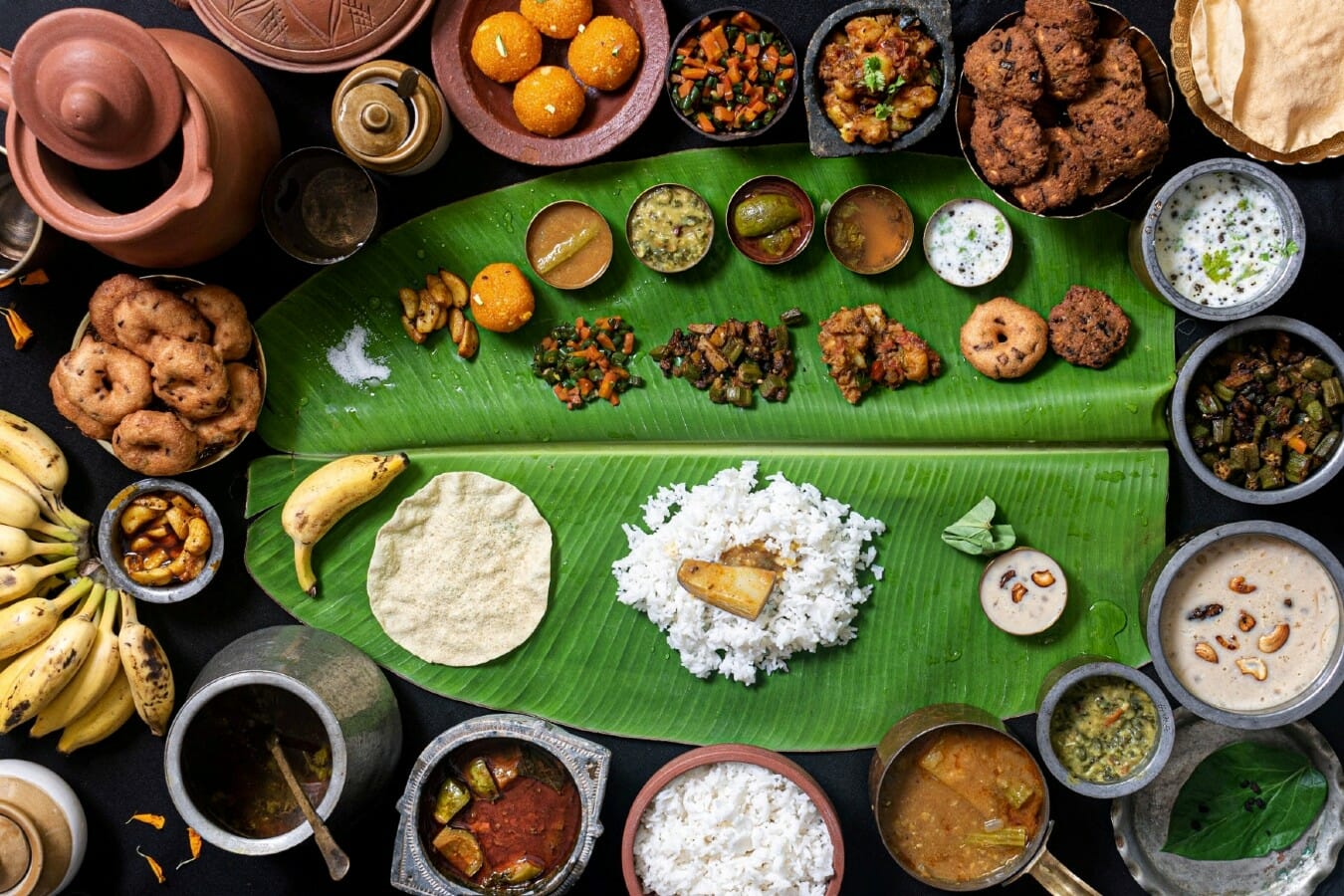The land of vegetarians
India aka Bhaarat is the only country in the world with substantial vegetarian population. Vegetarianism and Sathvic food based diets are quite common across the length and breathe of the country. The Indian States of Rajasthan and Gujarat have around 70 – 80% vegetarian populations that one will find it difficult to search for a non-vegetarian restaurant. You wouldn’t believe if I tell you that in Gujarat, there is cruise ship called Roro ferry cruise, which transports people, vehicles and trucks from Bhavnagar district to Surat district via Arabian Sea on a daily basis, and it has an in-house canteen facility which is pure vegetarian. No other place in the world will run a cruise ship in the sea waters with just veggie delights to munch.
Do you understand Vegetarianism?
Let’s begin our observations with the definition of Vegetarians and Non vegetarians, because, many do not understand the difference. Food prepared strictly using plant and milk based ingredients are referred to as vegetarian food. This does not include egg. I’ m explicitly highlighting this because one could get questions that egg doesn’t have life. Well neither does egg grow from plants. While food prepared using meat or any of the animal or aquatic parts are referred to as non-vegetarian food. I once went to a restaurant with a Westerner as a guest; we both were ordering food. Being an Indian restaurant, we were asked if we would prefer vegetarian or non-vegetarian to which the guest responded ‘I want food. What it has got to do with veg and non-veg’. That was then. Today, the knowledge on food preferences has spurted across the world. People have gone far and beyond vegetarianism to become vegans. One can find vegan restaurants across all major cities and tourist destinations in the world, especially, in the west.
Various types of vegetarians
Indian vegetarians take food seriously and based on their preferences and practices, there are so many segmentations even among vegetarians. While the usual vegetarian recipe include both vegetables and milk products, there are sathvic foods which doesn’t include onion and garlic in the recipe, preferred by a sect of vegetarians. There are people who prefer to eat only in pure vegetarian joints. Yes, in Bhaarat, we have pure vegetarian joints which offers only vegetarian and saathvic food. There are people who prefer to eat only in such joints. They avoid eating veg food in non-vegetarian joints due to the usage of common vessels, dishes, cutleries being used to cook and serve both veg and non-veg food. And then there are these liberal vegetarians who do not eat meat, but, are okay to eat in a non-vegetarian restaurant where the dishes and cutleries are mixed to serve different kinds of food.
Typical annoying questions vegetarians confront
a. While getting invited to a cake cutting ceremony where the party organizer is not even aware of presence of egg in cake making. However you go and attend the party and you say no to cakes. That moment when they see you as an outlaw. The kind of advises you get that generally cakes and biscuits do not have egg. This one tops it all, “why dont you eat egg? It is good for health and even the government is promoting it”. Seriously??? What happened to respect for individual’s food preferences?
b. Imagine that you are a strictly vegetarian person going to a team party for courtesy sake. Being a vegetarian, you wouldn’t want to eat in a multi-cuisine joint where they serve both veg and non-veg dishes. So you decide to order a juice or maybe a fruit salad while the rest of the crowd is munching on meats, wheats and rice. The moment your order arrives to your table, the entire crowd is awe-struck and begin to throng you with questions on ‘are you not going to eat?’, ‘Are you fasting?’, ‘You can eat chapathi alone right?’. Also, there will always be this person who volunteers to help you out in identifying the pure vegetarian dishes from the buffet series (as if you don’t know). And they go one step further in vouching for different kitchens or different cutleries used for both veg and non-veg preparations (din’t you know? your team member owns this restaurant). It is not about how they prepare, it is about your choice and preferences. You don’t eat in a non-vegetarian joint period. Why is this so difficult for people to understand?
Let’s face it
While I did say that India is home to vegetarianism and one can find so many segments of vegetarians in India, one would be surprised to note that it is predominantly the urban Indians who do not understand much about a vegetarian’s preferences. While the western nations who are far far away from understanding vegetarianism have started appreciating vegans, the awareness among Indians on various segments within vegetarianism are quite meagre. This insensitivity to cultural and individual preferences results in several questions still being thrown at vegetarians covering various facets from health and nutrition to rhetorics.


